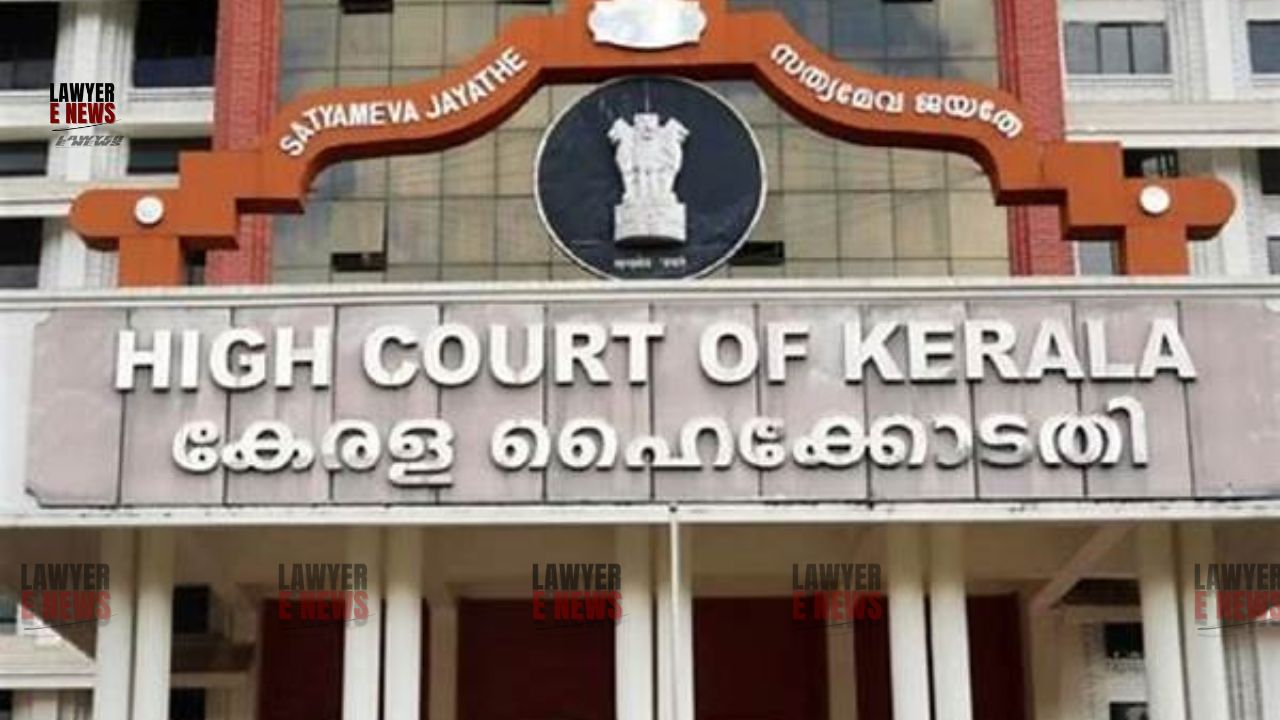-
by Admin
17 December 2025 12:49 PM



Conviction for theft under Section 392 IPC altered to Section 378 IPC with modified sentence; Rasheed’s murder conviction under Section 302 IPC overturned.
The Kerala High Court has partially overturned the conviction of Rasheed @ Abdul Rasheed in a high-profile murder case, affirming his involvement in theft but finding insufficient evidence to uphold his murder conviction. The judgment, delivered by a bench comprising Justices P.B. Suresh Kumar and M.B. Snehalatha, emphasizes the necessity of robust circumstantial evidence for sustaining a murder conviction and reiterates the principles governing such evidence.
The appellant, Rasheed @ Abdul Rasheed, was originally convicted by the Additional Sessions Judge-II, Manjeri, for the murder and robbery of Shareef, who was reported missing on August 6, 2008. Shareef’s skeletal remains were discovered buried in a nearby quarry a month later, with the post-mortem examination confirming homicide. Rasheed was subsequently charged under Sections 302 (murder), 392 (robbery), 201 (causing disappearance of evidence), and 212 (harboring an offender) of the Indian Penal Code (IPC). The trial court found Rasheed guilty of murder and robbery, sentencing him to life imprisonment and ten years of rigorous imprisonment, respectively.
The High Court, upon reviewing the case, found that the prosecution’s evidence did not meet the stringent requirements necessary to establish Rasheed’s guilt for murder beyond reasonable doubt. Justice P.B. Suresh Kumar noted, “The circumstances proved in the case do not establish the guilt of the first accused at all. The principles of circumstantial evidence demand that the circumstances should be conclusive in nature, consistent only with the hypothesis of the accused’s guilt, and exclude any other possible hypothesis.”
The court evaluated the testimonies of various witnesses, including the victim’s relatives and individuals involved in the recovery of the stolen property. The court found discrepancies and a lack of direct evidence linking Rasheed to the murder. The witness testimonies, while indicative of Rasheed’s involvement in theft, failed to conclusively connect him to the act of murder.
The court upheld Rasheed’s conviction for theft, noting that he was found in possession of the victim’s stolen ornaments, which he failed to explain satisfactorily. “Illustration (a) to Section 114 of the Indian Evidence Act enables the court to presume that a man, who is in possession of stolen goods soon after the theft, is either the thief or has received the goods knowing them to be stolen,” the court stated. Rasheed’s failure to account for the possession of these items led to the upholding of his conviction for theft, albeit under a lesser charge.
The High Court highlighted the necessity of clear and conclusive evidence for a murder conviction. The judgment referenced the Supreme Court’s ruling in Raj Kumar v. State (NCT of Delhi), (2017) 11 SCC 160, which mandates that for a conviction of murder based on circumstantial evidence, there must be proof that the robbery and murder occurred concurrently as part of the same transaction.
Justice P.B. Suresh Kumar remarked, “The circumstances established in the case do not satisfy the requirement of law to prove the case of the prosecution that it was the appellant who caused the death of the victim.”
The High Court’s decision to partially overturn the murder conviction underscores the judiciary’s commitment to upholding the principles of justice, particularly in cases reliant on circumstantial evidence. By affirming the conviction for theft while setting aside the murder conviction, the judgment emphasizes the need for a robust legal framework to differentiate between varying degrees of criminal liability. This ruling is anticipated to influence future cases, reinforcing the standards required for convicting individuals based on circumstantial evidence.
Date of Decision: 26th June, 2024
